Why waterproof? Safeguarding steel and concrete bridges
GCP Applied Technologies
JULY 1, 2019
Safeguarding steel and concrete bridges. Crumbling roads and bridges are causing deep concern for government officials and transportation agencies around the world. Aging infrastructure, combined with increasing traffic growth, put into question the long-term viability of many rail and road bridges. . Bridges at risk.



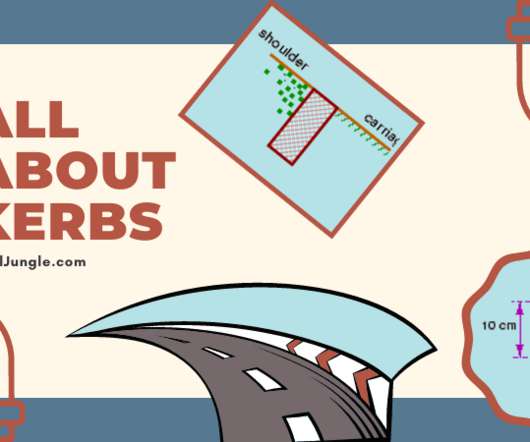
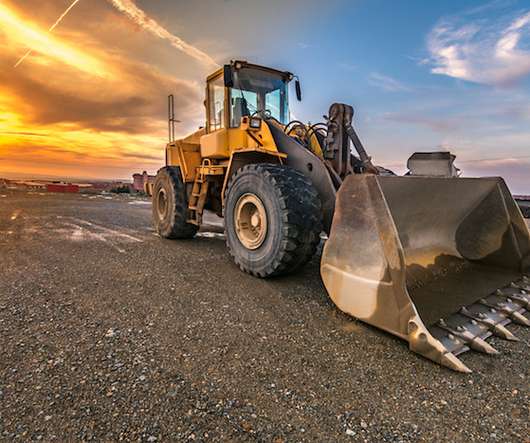


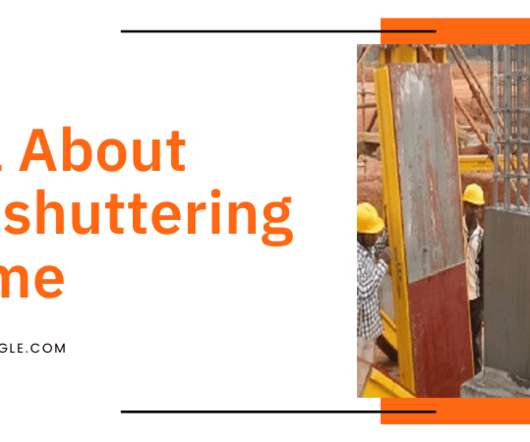






















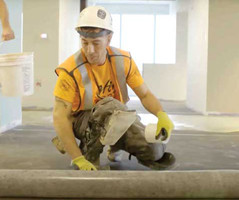

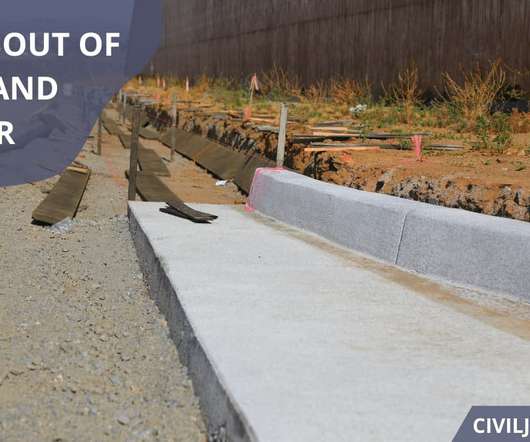

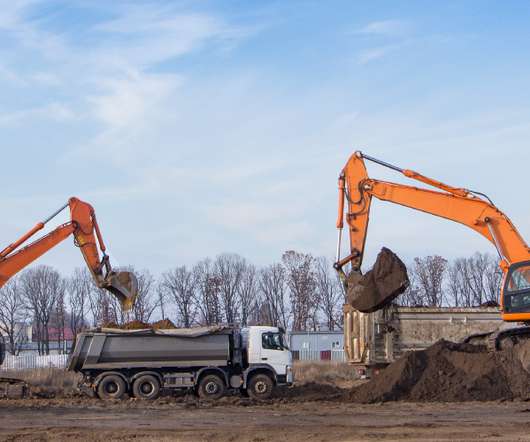








Let's personalize your content